What is native planting? Our expert guide to understanding this vital gardening trend
Discover why native planting is so important right now, and how you can get started in your own backyard
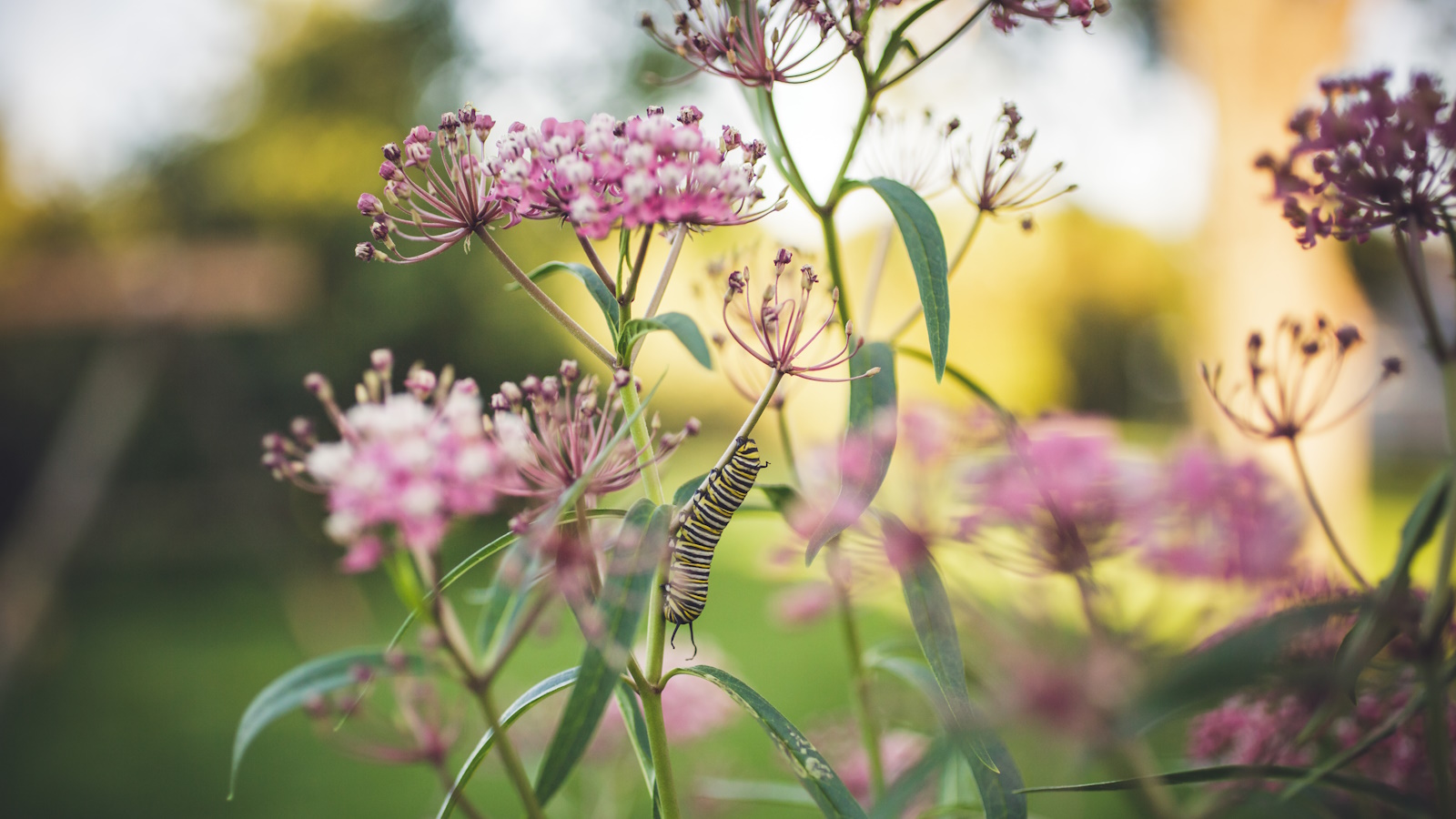

Native planting is somewhat of a buzz phrase in the gardening world right now - and with very good reason. Understanding the enormous benefits native plants can have not only to our own backyards, but also the local environment, is becoming increasingly vital as we all begin to experience the effects of climate change and seasonal shifts.
Native planting goes hand in hand with the growing trend of prairie planting, and the uptake of naturalistic planting schemes. But what are native plants, exactly? And how do you go about finding out which plants are native to your home region?
By definition, native plants are ones that have grown and thrived naturally in a specific locale or habitat for thousands of years. They are adapted to the local land conditions, and it’s precisely because of this that native plants, when chosen correctly, can have wide-ranging benefits to local ecosystems.
‘These plants have evolved gradually and adapted over a period of years, making them well-suited to the changes in soil, weather, humidity, and even natural disasters,’ says Rituparna Simlai, founder of landscape architecture company Studio Arth, based in Miami, Florida.
As the specialists at the California Native Plant Society say: ‘The single most important factor in successfully gardening with native plants is to choose plants that naturally occur in your area. Go on hikes, visit your local botanical gardens, and find out what your neighbors are growing’ - these are just some of the ways they suggest to help identify plants that are native to where you live.
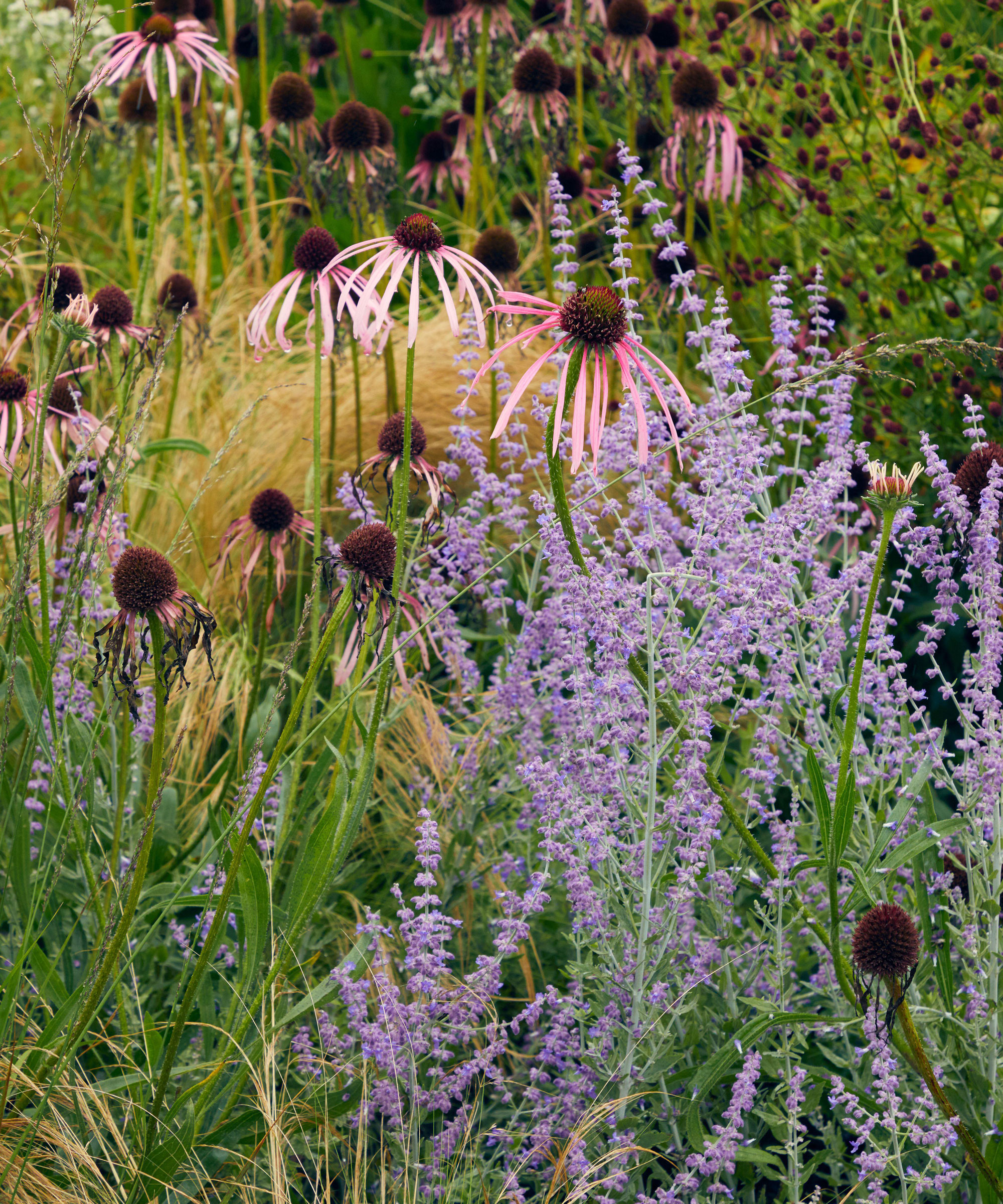
Native planting explained
We have enlisted the help of some native planting experts to explore more ways of discovering native plants, give you practical tips for growing them, and delve deeper into the advantages of adding them to your backyards.
How native plants benefit your backyard
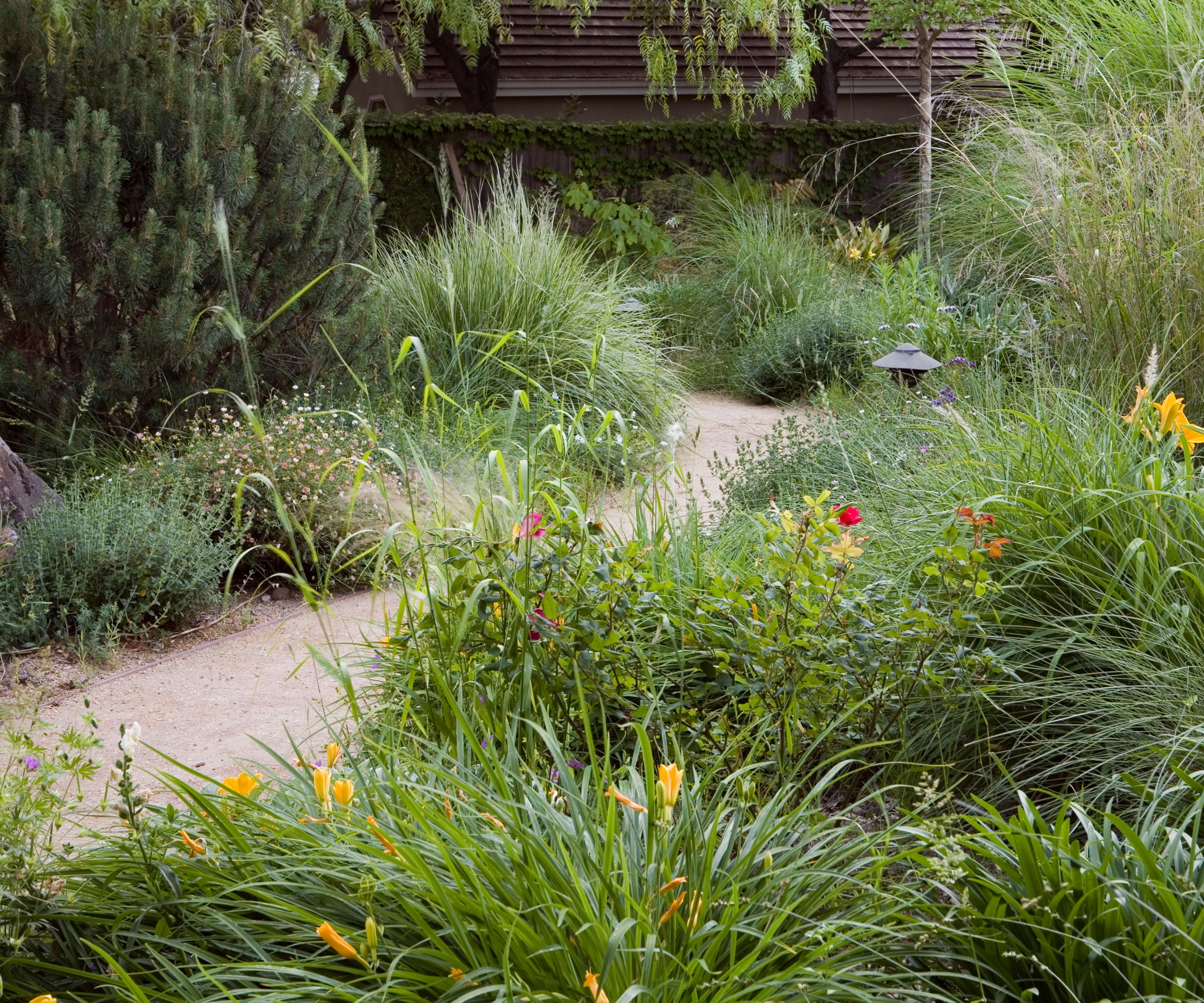
By planting native species, you help support the health of local ecosystems, since native plants form an integral part of the system as a whole.
‘Native plants and trees provide habitats and food for local wildlife and attract pollinators to your garden, an essential component of a healthy ecosystem,’ says Fern Berg, founder of Tree Vitalize, and who currently cares for more than 100 species of native trees in the US.
‘Many natives also have deep root systems that are integral in reducing storm water runoff, and improving water absorption and overall soil structure,’ adds Fern. ‘Native plants are adapted to local rainfall patterns, so they typically require less supplemental water than non-native plants.
'When you choose to plant native species in your garden, you are helping to reconnect habitat networks and ecosystems that may have been lost or damaged due to urban development,’ she adds.
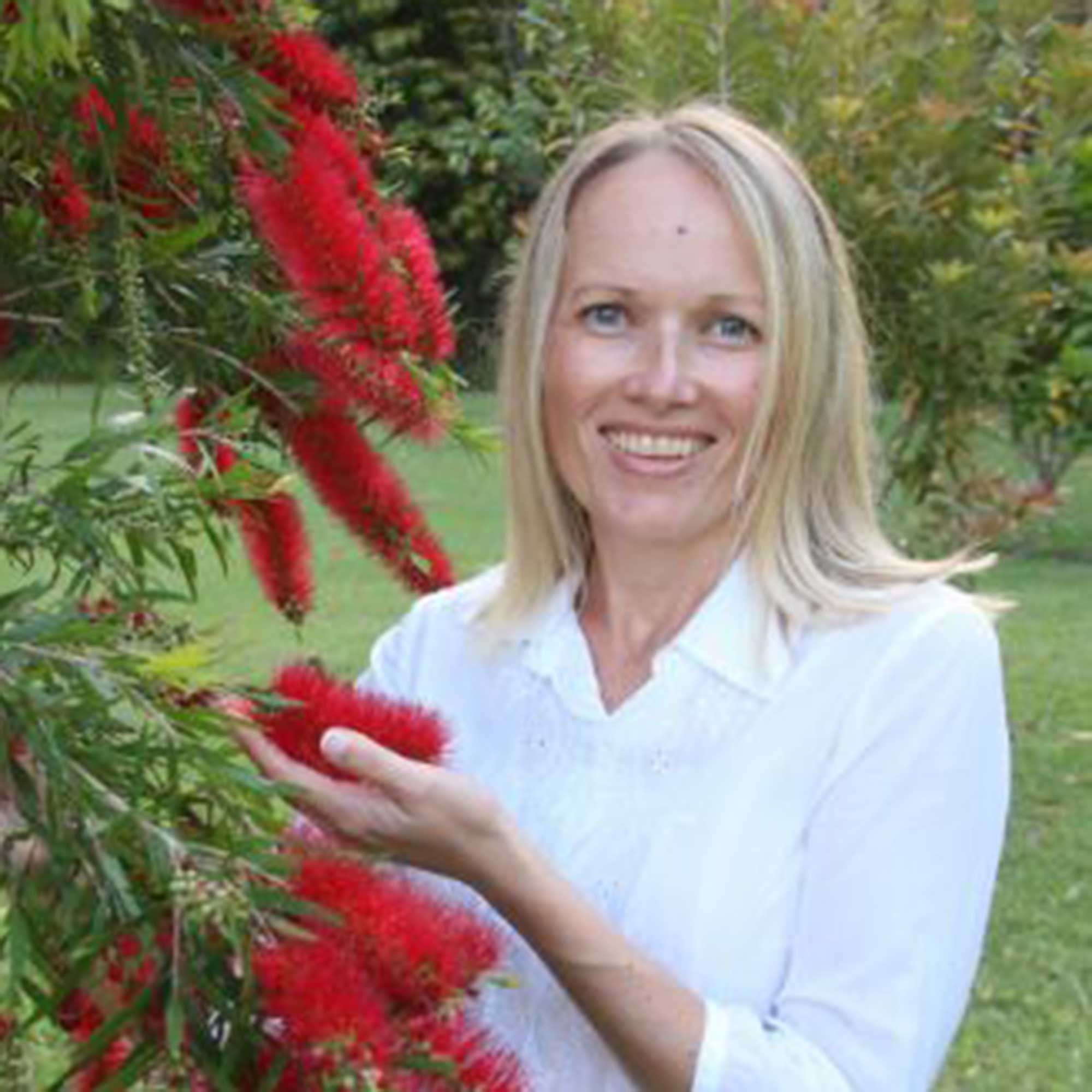
Fern is the founder of Tree Vitalize and has planted and currently cares for over 100 different native and exotic fruit, nut, and ornamental trees. She also cultivates an extensive vegetable garden and several flower gardens and cares for an ever-growing happy family of indoor plants. Fern has a special interest in biodynamic farming, food production, and closed-loop agriculture and is currently in the process of becoming an IARC-certified horticulturist.
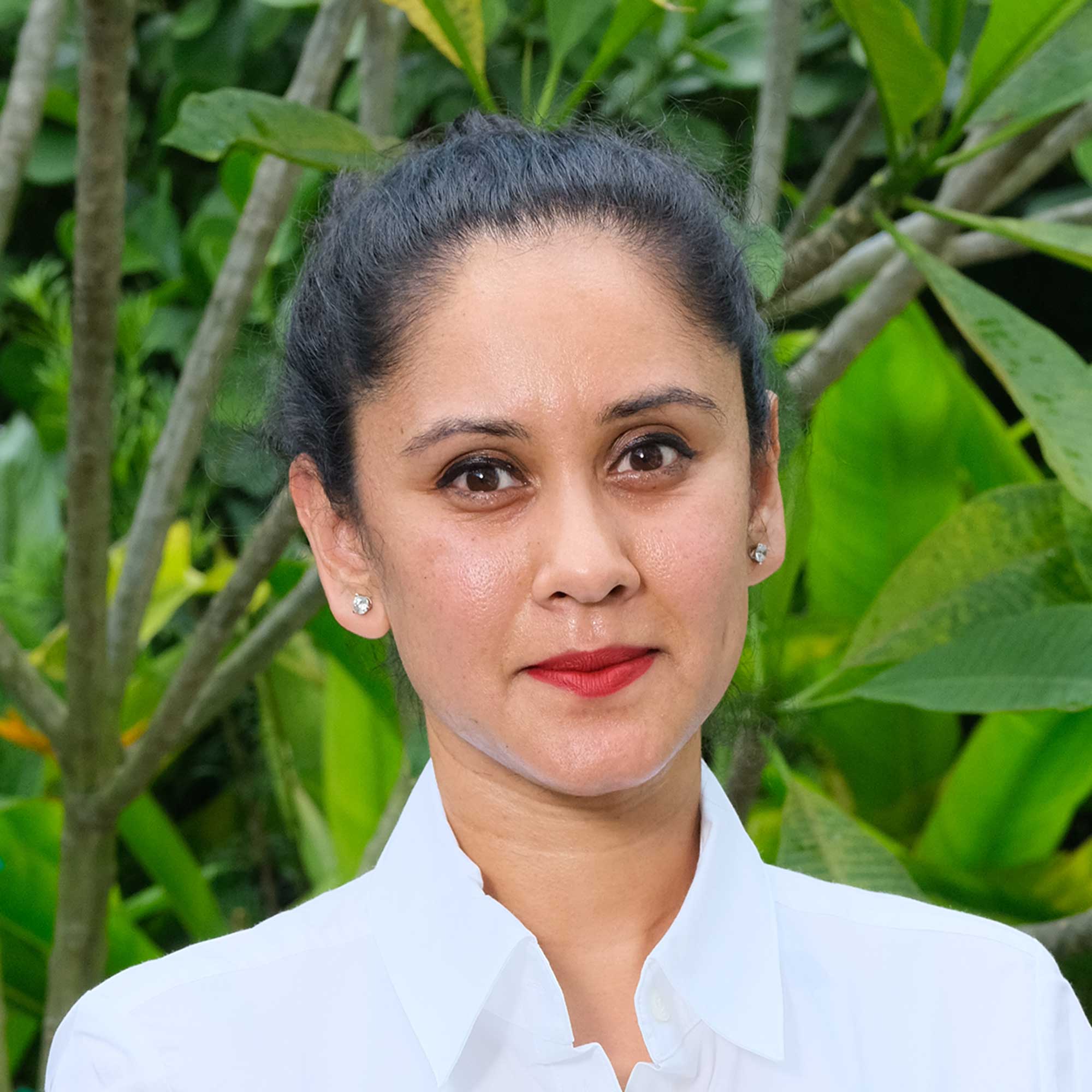
Rituparna Simlai is the founder of landscape architecture company Studio Arth, based in Miami, Florida. Studio Arth is an advocate for local building practices and the use of native planting palettes.
How native plants benefit the gardener
Choosing to add native plants and trees to your backyard planting schemes means you are setting yourself up for success, since these plants will naturally want to grow in your soil. They will thrive, whilst still being low maintenance, which is a win-win for gardeners.
‘Native plants are naturally suited to regional conditions, making them hardier and more resilient to pests and weather fluctuations,’ says Christy Conoly, CEO at Stomps and Company in Athens, Georgia, which is located along the Middle Oconee River on Native American land and promotes the importance of native planting in the area.
‘For example, in a flood plain area in Athens, Georgia, a good shrub option would be Aesculus sylvatica, more commonly known as painted buckeye, a deer-resistant shrub whose flowers are pollinated by hummingbirds, bees, and butterflies,' Christy adds. 'Other examples of plants native to this area are the eastern red columbine (Aquilegia canadensis), and the Georgia aster (Symphyotrichum georgianum) - a native aster that provides late-season nectar for pollinators.'
Native plants can save you time and money, too, adds Fern Berg. ‘Because they are adapted to local growing conditions, they need fewer inputs such as fertilizers or pesticides and often very little pruning, making them generally low-cost,’ she says.
They have often also developed a resistance to local pests and diseases, which means they will be more resilient and should not need much intervention from you to combat any issues.

Christy Conoly is the CEO of Stomps and Company in Athens, Georgia, which makes handcrafted wooden charcuterie boards. The business is located along the Middle Oconee River on Native American land, and promotes the importance of native planting in the area.
How to find and choose native plants

A good place to start researching plants that grow naturally in your area is by turning to local specialist resources such as native plant societies for your state, nearby botanical gardens, local plant nurseries or state university extension services, all of which will offer extensive advice on local plant species.
Always check which USDA Hardiness zone you live in too, to determine whether your chosen plants will grow well in your local area.
You can narrow your search by approaching gardening clubs or very local societies, who will be able to offer advice on your specific town or area.
Some popular US native plants include black-eyed Susan, dogwood and milkweed - this asclepia speciosa variety from Burpee will attract butterflies and hummingbirds to your yard. Others examples are ninebark, such as this common variety, available at Nature Hills, and coneflower. There are also many ornamental native grasses and wildflowers to look out for.
How to add natives into your existing planting schemes
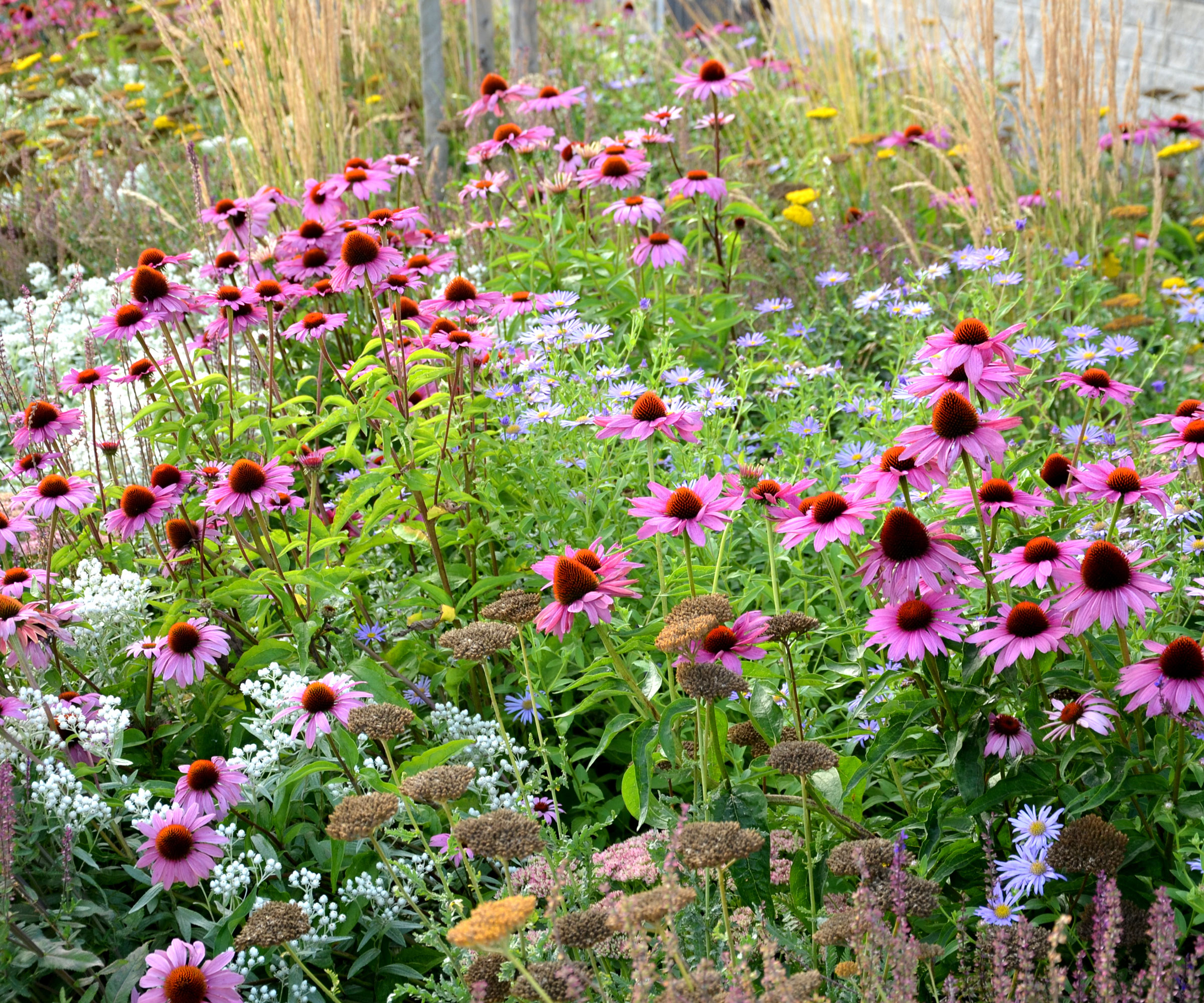
Once you have identified the native plants you would like to add to your backyard, the first step is to look at your existing growing conditions and work out where best they will thrive.
‘Check your soil type and moisture levels. Your local area might encompass both wetland ecosystems and drier, upland areas, each supporting different native species,’ advises Fern Berg. ‘By matching the right native plants to your specific soil and moisture conditions, you will create a more sustainable and lower-maintenance garden.’
Also try to monitor the amount of sunlight different areas in your garden receive throughout the day, and remember this will change with the seasons. Then choose plants accordingly, as each plant will have different light requirements.
To begin, Fern advises to start small and build up your collection gradually. ‘Perhaps choose a few species that are especially easy to care for. As you grow in confidence, you can expand your native plantings until you have your very own native ecosystem in your backyard.
‘It is best to include a variety of native species, including trees, shrubs, perennials, and grasses. In doing so, you create a diverse habitat that will be more resistant to pests and diseases and support a broader range of local wildlife,’ she adds.
Lisha Astorga is the owner of native plant nursery Desert Straw House, which specializes in growing native desert plants for the Palm Springs area. She says the easiest way to start introducing native plants in your garden is to ‘replace your tropical and invasive annuals (petunias, periwinkles, and impatiens) with native perennials’.
Lisha continues: ‘In Southern California - not just in the desert - we recommend desert marigold (Baileya multiradiata), which is great for butterflies, desert milkweed (Asclepias subulata), and blue mist flowers (Ageratum corymbosum).
Rituparna Simlai adds it is possible to take the approach of combining native species with some adapted varieties. 'In a tropical setting, we often combine native shrubs with large leaf philodendrons to infuse vibrant tropical aesthetics,' she says. 'In temperate environments, the blend of native plants can be enhanced with adapted flowering species. Rather than competing for resources, these adapted plants add both value and texture to the existing landscape. ‘

Lisha Astorga is the owner of native plant nursery Desert Straw House, which specializes in growing native desert plants for the Palm Springs area. Her unique property in Sky Valley, featuring straw bale construction, offers guided tours of her native plant gardens to showcase their seasonal beauty.
FAQs
Can I grow native plants if I live in an apartment?
Yes, growing a variety of native plants in containers on a balcony or terrace is absolutely possible. Take care to ensure you get the drainage and watering conditions right for your chosen plants, and you should see the welcome arrival of bees and butterflies even if you live in an urban setting.
Where can I buy native plants?
Once you have identified which plants are natural to your local area, ensure you source your native plants responsibly from a reputable garden center or plant nursery.
'Never remove plants from natural areas, as this can harm the local ecosystem,’ advises Fern Berg, a tree expert and founder of Tree Vitalize.
However small you start, by adding just a few native plants to your backyard you'll know you're making a positive difference to your local ecosystem, and learning how to garden in a more sustainable way. Your plants - and the land - will thank you.
Sign up to the Homes & Gardens newsletter
Design expertise in your inbox – from inspiring decorating ideas and beautiful celebrity homes to practical gardening advice and shopping round-ups.

Rachel is a gardening writer, flower grower and floral designer. Her writing career began on Country Living magazine, sparking a love of container gardening and wild planting. After more than a decade writing for and editing a range of consumer, business and special interest titles, Rachel became editor of floral art magazine The Flower Arranger. She then worked as a floral designer and stylist for six years, before joining Homes & Gardens. An expert in cut flowers, she is particularly interested in sustainable gardening methods and growing flowers and herbs for wellbeing. In summer 2024, she was invited to Singapore to learn about the nation state's ambitious plan to create a city in nature, discovering a world of tropical planting and visionary urban horticulture.
-
 6 items you should always unplug before leaving the house – banish 'phantom power' usage
6 items you should always unplug before leaving the house – banish 'phantom power' usageDon't let these mistakes cost you a small fortune
By Sophie Warren-Smith Published
-
 How to fertilize magnolias – garden experts reveal the secrets to better blooming, and timing is critical
How to fertilize magnolias – garden experts reveal the secrets to better blooming, and timing is criticalMagnolias are famed for their spring flowers, and feeding at the right time can give trees a boost
By Thomas Rutter Published